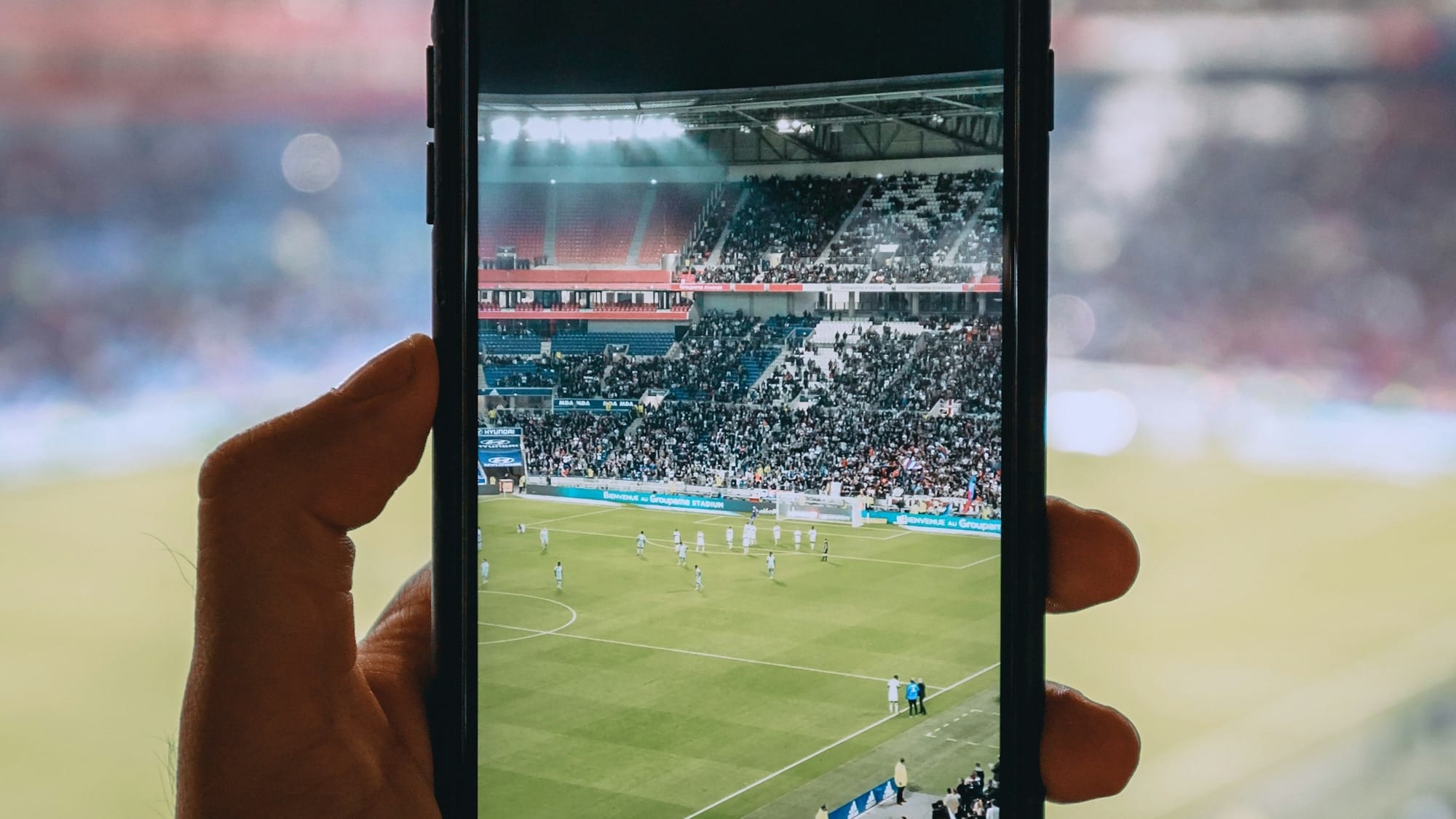Social Media Integration in FIFA: Connecting Players and Fans Globally
Social media has become a necessity in contemporary football culture.

Over the course of the last few years, FIFA has changed its position from that of a conservative football management organization to that of a modern digital opinion-maker. This transition was significantly boosted by the World Cup held in Russia in 2018, where FIFA's social media accounts received the highest level of interaction, crossing a billion.
This digital embrace has not only changed the approach of FIFA to the fans but also changed the way fans around the world can engage with football, thus erasing the distance between players and people around the world. New effective social media policies make FIFA not only the regulator of football but also the main platform for people to embrace, promote, and discuss all things about the sport.
The Rise of Social Media in Football
Data obtained indicated that in 2010, only 4% of football fans followed their preferred teams and players on social media. This percentage has risen drastically to over eighty percent by 2020. The use of social sites such as Facebook and Snapchat have enabled fans to not only live scores and training sessions but also the personal lives of the players. This evolution has made social media a necessity in contemporary football culture and has transformed it into a daily football content provider for the entire world. Therefore, the FIFA tournaments, especially the World Cup, have been characterized by an increase in the number of fans watching the events online and interacting on these social media platforms.
FIFA's Strategy: Engaging Billions
Therefore, while realizing the global trend of shifting to the online environment, in 2014, FIFA intensified its activities in the social media space with the stated goal of reaching out to fans from different parts of the world. This campaign comprised posts in multiple languages and the updating of a game in real-time, making FIFA more prominent on sites such as TikTok and Weibo. By the end of 2018, FIFA had ten times more followers on social media, using it as a tool for direct communication with fans and posting engaging content, including real-time live chat with the players. This strategic move has not only expanded FIFA's influence around the world but has also enriched the fans' experience by bringing football closer to people all around the globe.
Key Platforms and Their Impact
Social networks have become spaces where the football community is active. Some of the actors in FIFA's social media plan are:
- Facebook: Awards and fans' opinions about the matches.
- Twitter: Automatic match updates, significant turnout.
- Instagram: Documentary, real life of the players.
- YouTube: Match analyses and video breakdowns.
These platforms are essential in offering fan engagement in football by availing all the relevant information. Through the use of these multiple platforms, FIFA has therefore expanded its sphere of influence in the world to ensure that football enthusiasts from across the world can be more involved in the culture. Thus, this strategic use of social media keeps people engaged in football events all the time, thus placing football at the forefront of world sporting activities.
Twitter: Real-time Updates and Fan Interaction
It is also important for FIFA to have a Twitter account to provide updates during a match. This platform is preferred for its real-time and open character, which enables fans to get information, participate in discussions, and express their reactions to events in real time. Thus, it plays a major role in global discussions during important events such as the World Cup.
Instagram: Visual Stories and Player Insights
Instagram provides a more personal and informal experience than Twitter by providing a look at the 'behind the scenes' and more human side of the sport. It is a vital component in the narrative process as players discuss their training sessions, warm-up exercises, and events happening in their lives, thus creating a connection between fans and their idols. This platform improves the fan experience by combining entertainment with personal content that can be easily connected to.
Social networks are not only a great way for fans to receive news from above or communicate with each other but also a source of knowledge about sports-related products. Many companies are interested in introducing sports fans to their offer using social networks. This is what MelBet does - one of the largest bookmakers, offering bets on hundreds of sporting events every day. To stir up interest, a gift MelBet bonus code is posted daily on the company's official social networks. This means that the right set of subscriptions not only allows you to always be up to date with all the news but also receive a nice bonus and a chance to make good money.
Challenges and Controversies in Digital Integration
However, the process of getting to digital integration is not without its obstacles. FIFA was in the news in 2017 for data privacy issues where fans' personal data could be compromised on several social media platforms. Furthermore, because of the spread of fake news and the existence of non-verified accounts, fans have, at one point or another, been confused and misinformed. Concerning the actions taken, FIFA has sought to enhance security and cooperate with the platforms' providers to guarantee the legitimacy of the offers and the protection of the users' information. That is why this organization's activities aimed at responding to these challenges are crucial for keeping trust and safety in the sphere of fan engagement online.
The Future of Social Media and Football: Trends to Watch
AI and machine learning are advancing, and their implementation into FIFA's social media engagement is set to transform. Algorithms are starting to shape the way content is personalized to suit fan's interests; this makes sure that fans are fed with content that will interest them most. Further, VR and AR are expected to transform the spectators' experience to a level where they can almost feel as if they are at the stadium, even if they are located in a different part of the globe. These technologies will also complement the fan experience, but advertisers and sponsors will also have a new platform to engage fans.
Conclusion: The Global Game Gets Social
Not only has social media become incorporated into football in terms of spectators and fans, but it has completely revolutionized the culture of football around the world. Direct interaction, which is afforded by social networks, makes it possible for people of all ages and backgrounds to be involved in the game and communicate with each other, regardless of geographical location or language.
In the future, FIFA will remain devoted to using such digital tools to spread the popularity of football, engage fans from different countries, and meet the rapid developments in the sphere to maintain the sport's popularity with the new generations.
Follow melbet for more interesting news.






